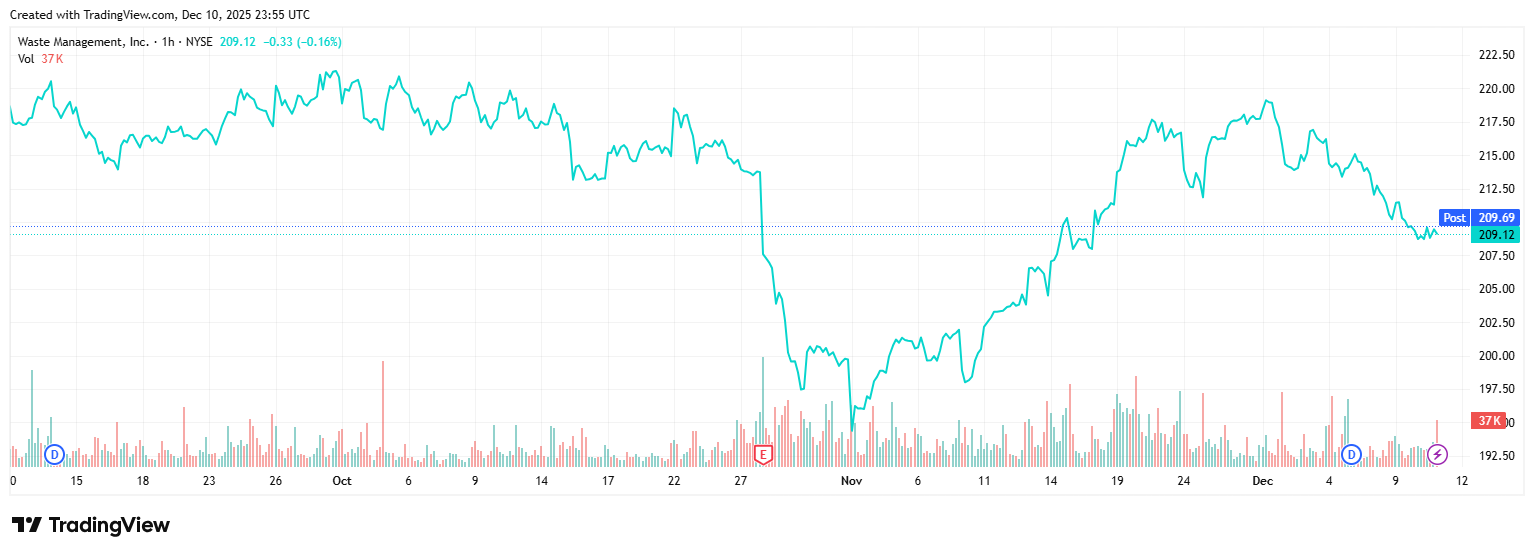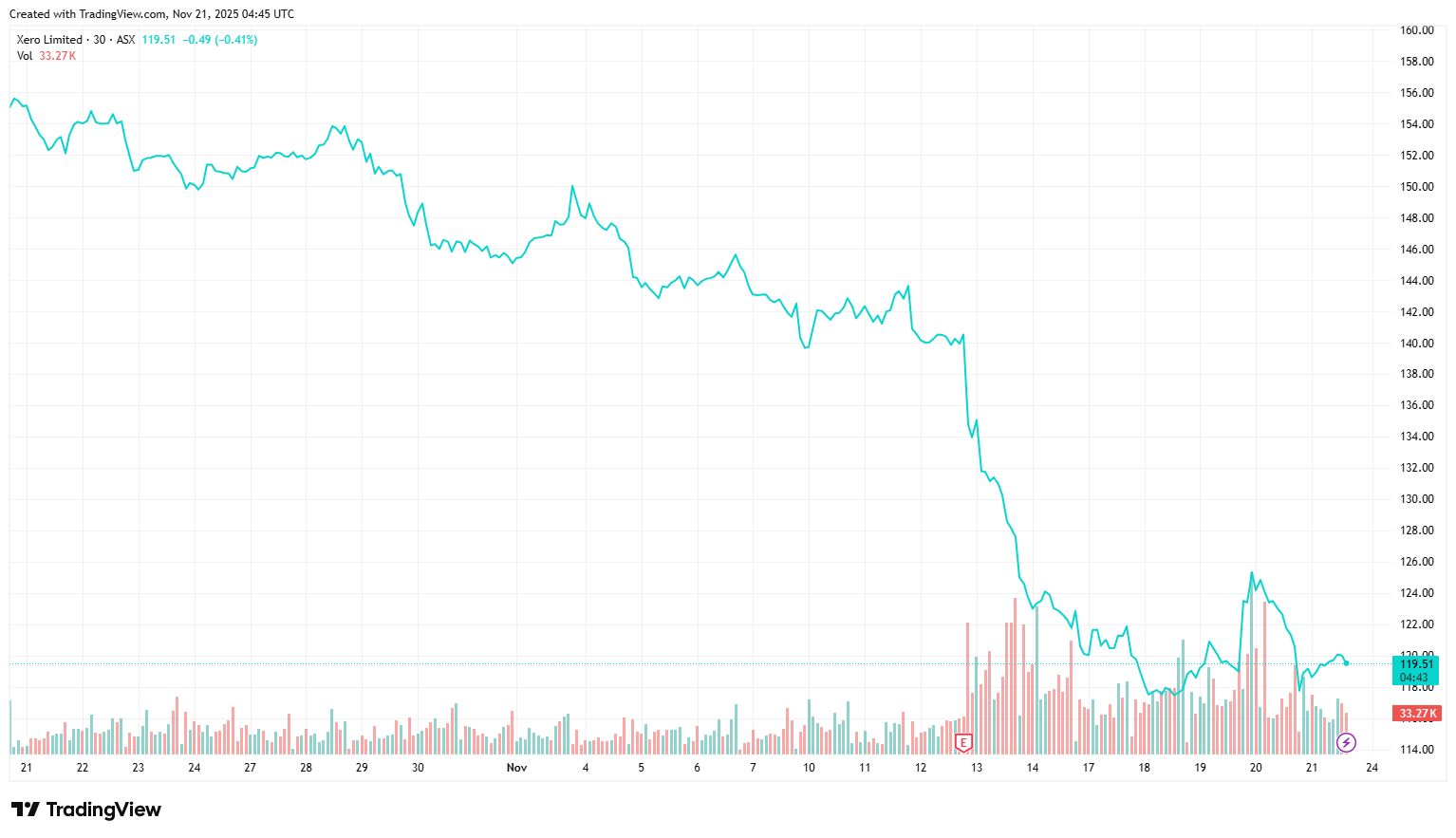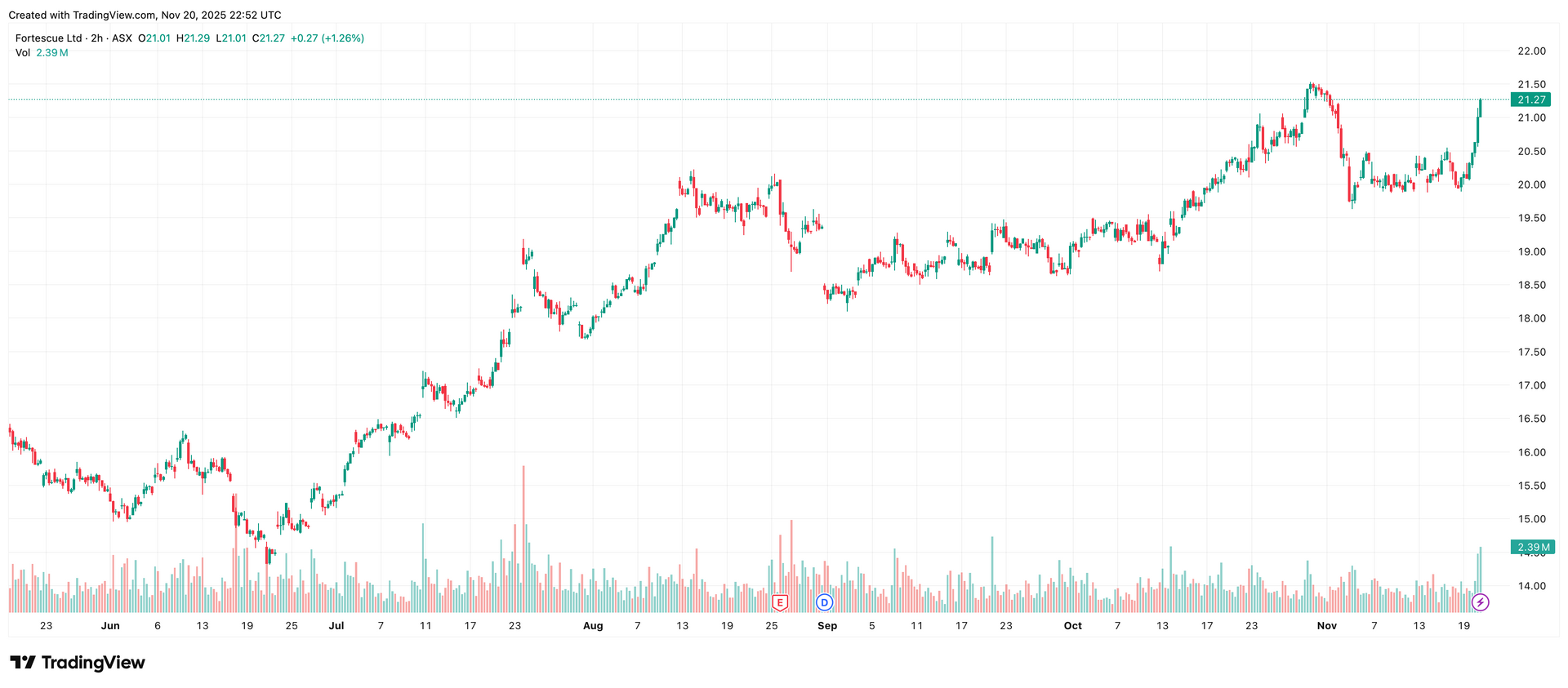Investing Simplified: Franked Dividends
Exploring the Benefits of Franked Dividends on the ASX
Delving into the intricacies of investment on the Australian Securities Exchange (ASX), one cannot overlook the significance of franked dividends. These dividends, often regarded as a hallmark of Australian investing, offer unique advantages for shareholders. Let's delve deeper into what franked dividends entail and why they hold importance in the investment landscape.

Understanding Franked Dividends
Franked dividends, also known as imputed dividends, are dividends distributed by companies that come with attached franking credits. These credits represent the tax already paid by the company on its profits. When shareholders receive a franked dividend, they also receive these imputation credits, which can be utilised to offset their own tax liabilities.
During tax season, investors report both dividends and franking credits on their individual tax returns. These franking credits are then applied to offset the tax owed by the investor, ensuring that the dividend income isn't taxed twice.
The Mechanics Behind Franking Credits
To grasp the essence of franked dividends, it's crucial to comprehend the mechanism behind them. In Australia, companies are subject to corporate tax on their profits, currently set at 30%. When a company declares dividends, it has the option to frank them, meaning it attaches franking credits based on the tax it has already paid on the underlying profits.
For instance, if a company earns $100 in profits and pays $30 in taxes, it can distribute the remaining $70 as dividends to its shareholders. These dividends would be fully franked, implying that the $30 in tax paid by the company is also passed on to the shareholders in the form of franking credits.
An investor is required to include the combined dividend and franking credit ($1) as income on their individual tax return. Tax is payable on this amount at the investor's marginal tax rate. The franking credit serves as a tax offset against the tax liability incurred by the investor on that income.
If the investor's marginal tax rate is lower than 30% (for instance, 19%), they qualify for a refund of the difference. Conversely, if their marginal tax rate exceeds the company tax rate (e.g., 37%), they are obligated to pay tax on the discrepancy.
For the investor, it resembles the scenario where the dividend is distributed from pre-tax profits and subsequently subjected to taxation at their marginal tax rate.
Advantages of Franked Dividends
Tax Efficiency: Among the primary benefits of franked dividends is their tax efficiency. Since the company has already paid taxes on the distributed profits, shareholders receive a credit for these taxes paid. This can result in reduced or even zero tax liabilities for many investors, particularly those in lower tax brackets.
Enhanced Yield Perception: When evaluating the yield of a dividend-paying stock, factoring in franking credits is essential. A fully franked dividend effectively represents pre-tax income, making the yield appear higher compared to dividends from non-franked sources.
Indicators of Stability and Quality: Companies that consistently distribute franked dividends often demonstrate financial stability and steady profit generation. Their commitment to franked dividends can be interpreted as a signal of confidence in the company's future earnings prospects.
Investor Preference and Demand: The preference for franked dividends among Australian investors can drive additional demand for stocks that regularly distribute them. This increased demand can potentially lead to price appreciation, benefiting shareholders.
Considerations for Investors
While the advantages of franked dividends are evident, investors should exercise prudence and consider several factors:
Sustainability of Dividends: It's imperative to assess whether a company's dividend payments, including franked dividends, are sustainable over the long term. High dividend yields should be scrutinised to ensure they are supported by underlying earnings and cash flows.
Individual Tax Implications: While franking credits can offset tax liabilities for many investors, the treatment of these credits may vary based on individual circumstances such as taxable income and marginal tax rates. Seeking advice from tax professionals can aid investors in optimising their tax strategies.
Diversification: Diversifying across industries and asset classes remains a fundamental principle of investment. Relying excessively on dividends from a single sector or company exposes investors to sector-specific risks. Diversification can help mitigate these risks and enhance the resilience of the portfolio.
Franked dividends represent a distinctive feature of the Australian investment landscape, offering investors tax efficiency, enhanced yield perception, and insights into the stability of dividend-paying companies. By understanding the mechanics of franking credits and incorporating franked dividends into their investment strategies, investors can potentially augment their returns and build robust portfolios. However, thorough research, evaluation of dividend sustainability, and consideration of individual tax implications are essential to making informed investment decisions aligned with one's financial objectives and risk tolerance.
Disclaimer: This article does not constitute financial advice nor a recommendation to invest in the securities listed. The information presented is intended to be of a factual nature only. Past performance is not a reliable indicator of future performance. As always, do your own research and consider seeking financial, legal and taxation advice before investing.
Subscribe to our newsletter
Disclaimer: This article does not constitute financial advice nor a recommendation to invest in the securities listed. The information presented is intended to be of a factual nature only. Past performance is not a reliable indicator of future performance. As always, do your own research and consider seeking financial, legal and taxation advice before investing.











